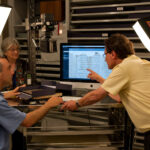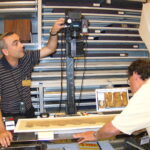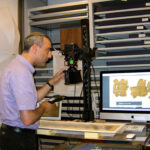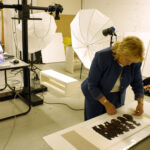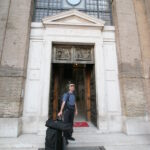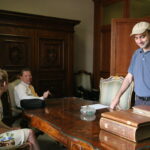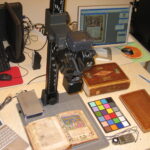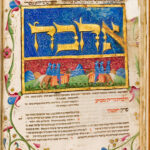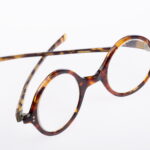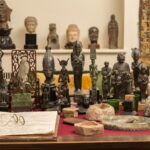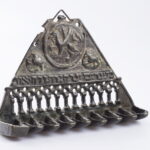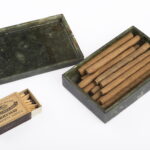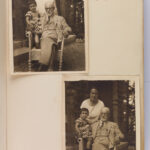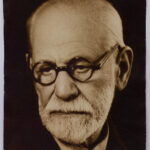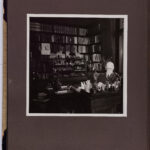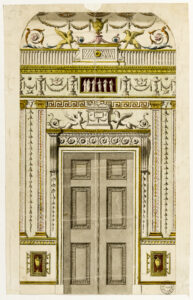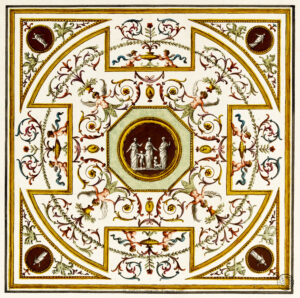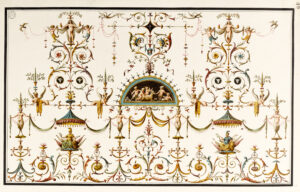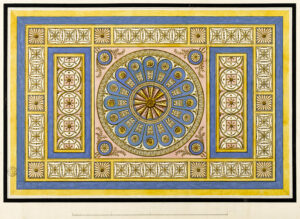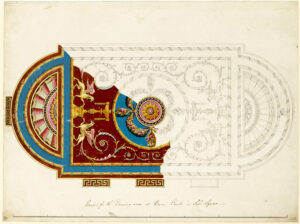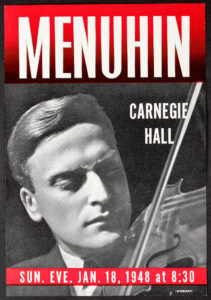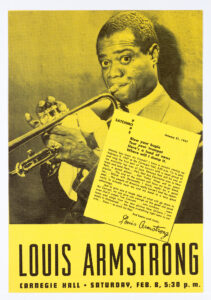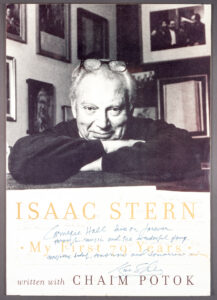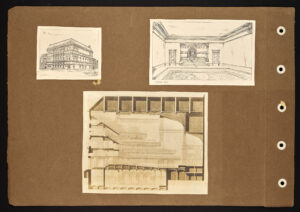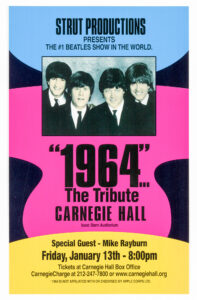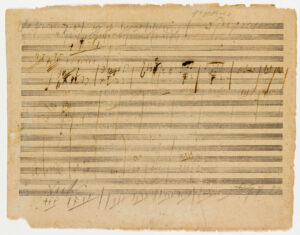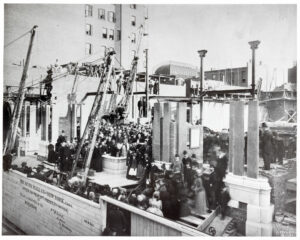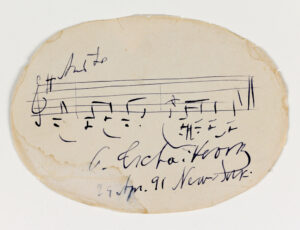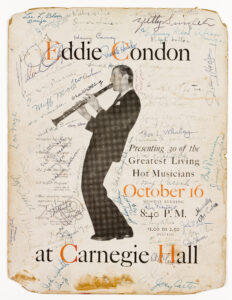TOUCHING HISTORY
Digitization Projects by Ardon Bar-Hama
The Dead Sea Scrolls
In 2011, Google partnered with The Israel Museum, Jerusalem to digitize the Dead Sea Scrolls, making them accessible and searchable to anyone in the world.
Written between the third and first centuries BCE, these scrolls include the oldest known biblical manuscripts in existence. They were hidden in 11 caves near the Dead Sea in 68 BCE and remained there until their discovery in 1947.
From the Google Blog:
“The high resolution photographs, taken by Ardon Bar-Hama, are up to 1,200 megapixels, almost 200 times more than the average consumer camera, so viewers can see even the most minute details in the parchment.”
The Vatican Library
The Codex Vaticanus is the oldest complete manuscript of the Christian Bible and the most precious object in the Vatican.
It was written in Greek in Israel around the year 350 C.E.
In 2005, Ardon Bar-Hama spent three days in the vault of the Vatican digitally photographing each of the 759 leaves of the codex. The project also included the photography of four Hebrew illuminated manuscripts lent to the Israel Museum by the Vatican ranging from the 12th to 15th centuries.
The Bronze Doors of St. Peter's Basilica
The bronze doors at the center of the main entrance of St. Peter’s Basilica — the work of 15th century Florentine sculptor Filarete — contain six amazingly detailed panels depicting scenes of Jesus, Mary, St. Paul, and St. Peter.
They are considered some of the greatest works of art in all of the Vatican.
Ardon Bar-Hama was specially sent from Israel to the Vatican to photograph every inch of the 14-meter doors atop a giant crane. This was the first time in 500 years the doors had been documented so painstakingly by anyone.
The Aleppo Codex
The Aleppo Codex is the earliest known Hebrew manuscript comprising the full text of the Bible. It is also the most authoritative, accurate, and sacred source document, both for the biblical text and for its vocalization, cantillation and Masorah. The Codex was copied by the scribe Shlomo Ben-Buya'a over one thousand years ago. It was probably the manuscript used by Maimonides when he set down the exact rules for writing scrolls of the Torah.
The Codex was written in Tiberias in the early tenth century, looted and transferred to Egypt at the end of the eleventh century, and deposited with the Jewish community of Aleppo in Syria at the end of the fourteenth century. The rabbis and elders of the community guarded it zealously for some six hundred years. During the riots against Jews and Jewish property in Aleppo in December 1947, the community's ancient synagogue was put to the torch and the Codex, which was kept in the synagogue's "Cave of Elijah," suffered damage, so that no more than 295 of the original 487 leaves survived.
In January 1958 the Aleppo Codex was brought to Jerusalem where it remains until today.
In 2002 Ardon Bar Hama digitized the Codex, revolutionizing the world of digitization of rare documents , by using a 'One-Shot' digital photography technique, rather than the traditional scanning.
To view all pages online please visit: ALEPPO CODEX
Custodia di Terra Santa
The Historical Archive of the Custody of the Holy Land has a history of more than seven centuries. It is held to be the oldest catholic archive existing in the Holy Land, and documents not only the vicissitudes of the nearby religious institution, but also that of the catholic presence in very many regions of the Near East.
The “Firman Treasury” is one of the richest and most important treasuries of the Historic Archive of the Custody of the Holy Land, today preserved at the Monastery of the Saint Savior. It contains mostly documents of a historic-legal character, the study of which permits us to understand intimately the vicissitudes of the Franciscans and the history of Catholicism in the Holy Land.
As the name itself suggests, the treasury contains, among other things, the official decrees firman promulgated by the Turkish sultan in the course of the ottoman domination.
Working inside the monastery for many weeks, Ardon Bar-Hama digitized the entire collection.



The Juilliard Manuscript Collection
One of the finest private collections of music scores to be amassed in the last century was recently gifted by Bruce Kovner to the Juilliard Library. Among the 140 items in the collection are the late engraver’s proof of Beethoven’s 9th Symphony with the Beethoven’s own annotations, the autograph manuscript of Beethoven’s Grosse Fuge for string quartet, in his arrangement for piano four-hands, and the last scene of Mozart’s Le Nozze di Figaro.
Approximately 12,000 pages of the manuscripts are now viewable on the website in striking detail.
The New York Philharmonic Archives
Founded in 1842, the New York Philharmonic is the oldest symphony orchestra in the United States and third oldest in the world. Beginning in 2009, the Philharmonic comissioned Ardon Bar-Hama to digitize its massive archives . This includes every printed program, music scores marked by Leonard Bernstein, Arturo Toscanini, Gustav Mahler, and others, orchestral music parts marked by musicians, photograhs, glass lantern slides, and business records. This effort was extended in 2013 with new funding from the Leon Levy Foundation to digitize the remainder of the material from 1842-1943.
Albert Einstein Archives
The Albert Einstein Archives consists of 100,000 documents, including Einstein’s scientific and non-scientific writings and correspondence, family letters, and travel diaries. This collection, housed at the Hebrew University in Jerusalem, holds the manuscripts where Einstein first introduced the formula E=mc² and the final draft of the General Theory of Relativity, as well as the Nobel Prize.
Ardon Bar-Hama digitized the entire collection in 3 months.
Sigmund Freud Museum and Archive
20 Maresfield Gardens in Hampstead became the home of Sigmund Freud and his family after they sought refuge from the persecution of Jews in Nazi occupied Austria. While the Museum holds a remarkable collection of 3,000 classical antiquities — including statues, vases, reliefs, busts, fragments of papyrus, rings and precious stones — as well as thousands of letters, photographs, books, and personal memorabilia, the centerpiece of the Museum is Freud’s study (including the famous couch), transported from Vienna and preserved just as it was during his lifetime.
Ardon Bar-Hama was brought to the Museum to photograph Freud’s studio and all the objects within, digitally preserving his beloved artifact collection, his psychoanalytic couch, 4,000 photographs of family, friends and colleagues from personal albums and scrapbooks for generations to come.
Nelson Mandela Foundation Archive
Google Cultural Institute, In partnership with the Nelson Mandela Centre of Memory, commissioned Ardon Bar-Hama to help bring Nelson Mandela’s archive online. The multimedia archive includes Mr Mandela’s correspondence with family, comrades and friends, diaries written during his 27 years of imprisonment, and notes he made while leading the negotiations that ended apartheid in South Africa. The archive also include the earliest-known photos of Mr Mandela and never-before seen drafts of Mr Mandela’s material for his book “Conversations with Myself,” the sequel to his autobiography “Long Walk to Freedom.”
Prince Charles and Camilla, Duchess of Cornwall visiting the Nelson Mandela Archive. Filmed by Ardon Bar-Hama
Sir John Soane's Museum
Sir John Soane’s Museum is a national museum, displaying the extraordinary collections amassed by renowned British architect Sir John Soane, including antiquities, furniture, sculptures, architectural models and drawings, and paintings including work by Hogarth, Turner and Canaletto.
The museum holds vast collection of architectural drawings dating back to the Renaissance. Among them are 8,000 drawings by Robert Adam, the famous Scottish architect of the 18th century.
Ardon Bar-Hama digitized all the Robert Adam and John Soane drawinds at the museum.


Carnegie Hall
More Than 80,000+ Historic Items Can Now Be Searched and Shared for Free, Including: Original Concert Programs Dating From Carnegie Hall’s Opening Night in 1891 Through 1925, Flyers, Photographs, Correspondence, Press Clippings Autographs, Booking Ledger Pages, and Promotional Films
COLD SPRING HARBOR LABORATORY ARCHIVES
The Cold Spring Harbor Laboratory Archives houses the entire, extensive collection of scientific and personal materials of CSHL leader, Nobel Laureate James D. Watson, who is known as one of the co-discoverers of the structure of DNA in 1953 along with Francis Crick.
James D. Watson, the co-discoverer of the double-helix structure of DNA, the essential molecule of life, and Sydney Brenner, a biologist who helped break the genetic code, have been assiduous in preserving papers, artifacts and memorabilia pertaining to their epochal discoveries in molecular biology and genetics. And now, thanks to a collaboration between CSHL and the Wellcome Trust of the United Kingdom, nearly the entire collections of these Nobel laureates are being captured in digital format, as prelude to their release in digital form to the general public.
Pursuant to a 2-year grant from the Wellcome Trust, Ardon Bar-Hama was commissioned to digitize the entire 400,000 items of the archive.





